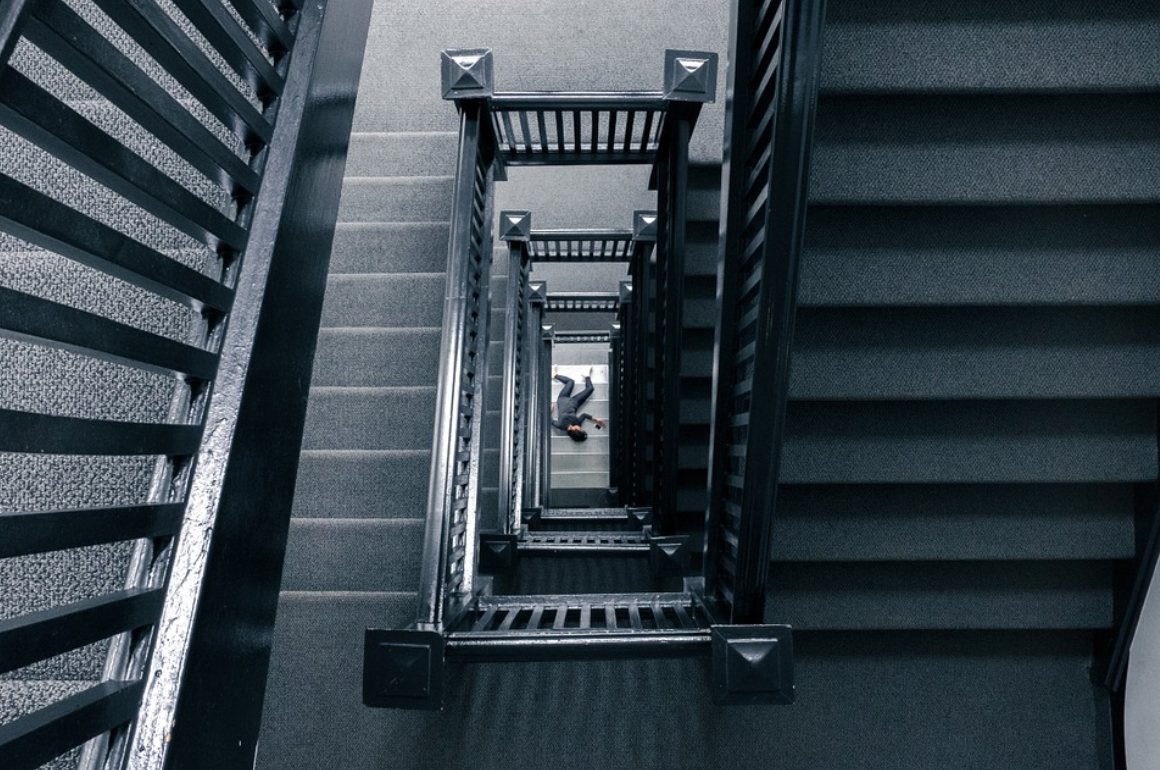Premises liability significantly influences personal injury outcomes by determining the responsibility of property owners in maintaining safe environments.
Premises liability is a legal concept that holds property owners responsible for accidents and injuries on their property. This liability extends to various types of properties, including residential, commercial, and public spaces. Understanding premises liability is crucial for both property owners and individuals who may suffer injuries to someone else’s property, as it significantly impacts the outcomes of personal injury cases.
The Role of Premises Liability in Personal Injury Cases
In personal injury cases, premises liability plays a pivotal role in determining responsibility and potential compensation. When someone is injured due to unsafe conditions, the property owner may be held liable if it is proven they were negligent in maintaining a safe environment. This negligence can manifest in several ways, such as failing to repair dangerous conditions, neglecting proper signage for hazards, or not providing adequate security measures.
Factors Influencing Personal Injury Outcomes
Duty of Care
A key factor in premises liability cases is establishing the property owner’s duty of care. Property owners are expected to maintain reasonably safe conditions. However, the level of duty varies depending on the visitor’s status. This means the owner must take reasonable steps to ensure a safe environment, proactively address potential hazards and maintain the premises. In contrast, trespassers, who enter the property without permission, are owed only a minimal duty of care. Property owners generally cannot be held responsible for injuries sustained by trespassers unless they have engaged in willful or wanton misconduct. Understanding this distinction is crucial for both property owners and individuals regarding their rights and responsibilities.
Breach of Duty
To prove premises liability, it must be demonstrated that the property owner breached their duty of care. This means showing the owner knew or should have known about the hazardous condition and failed to address it. Evidence such as maintenance records, security footage, or witness testimonies often play a crucial role in establishing a breach of duty. Maintenance records can provide a timeline of when equipment was last serviced or repaired, highlighting any negligence in upkeep. Security footage can visually document the events leading up to an incident, offering valuable insights into actions taken or not taken. Additionally, witness testimonies add a layer of perspective, as individuals can recount their observations and experiences related to the incident, strengthening or contradicting other evidence.
Causation and Damages
For a successful personal injury claim, it must be shown that the breach of duty directly caused the injury and resulted in damages. This includes medical expenses, lost wages, and pain and suffering. The extent of these damages can greatly influence the compensation awarded in personal injury cases.
Common Premises Liability Cases
Slip and Falls
Slip and fall incidents often occur due to wet floors, uneven surfaces, or icy walkways. Property owners are generally required to address these hazards promptly or warn visitors of potential risks.
Inadequate Security

In cases where individuals are harmed due to inadequate security, such as assaults in poorly lit parking lots, property owners may be liable. This is particularly relevant in areas known for high crime rates, where owners are expected to take reasonable steps to ensure visitor safety.
Faulty Maintenance
Injuries resulting from faulty maintenance, such as falling objects or broken stairs, can also lead to premises liability claims. Property owners must regularly inspect and repair their properties to prevent such accidents.
Legal Considerations and Property Owner Responsibilities
Property owners must be aware of their legal responsibilities to mitigate the risk of premises liability claims. Regular property inspections, prompt repairs, and clear hazard warnings are essential practices. Additionally, understanding local laws and regulations regarding property safety is crucial for owners to protect themselves from potential lawsuits.
Premises liability significantly influences personal injury outcomes by determining the responsibility of property owners in maintaining safe environments. Factors such as duty of care, breach of duty, and causation are critical in these cases. Understanding these elements and recognizing common premises liability scenarios can provide valuable insights for those involved in or considering personal injury claims. For property owners, adhering to safety practices and legal obligations is essential to minimize liability risks and protect both their visitors and themselves. For more information, contact a personal injury attorney like Kennedy, Robbins, Yarbro & Henson, LC.


Join the conversation!